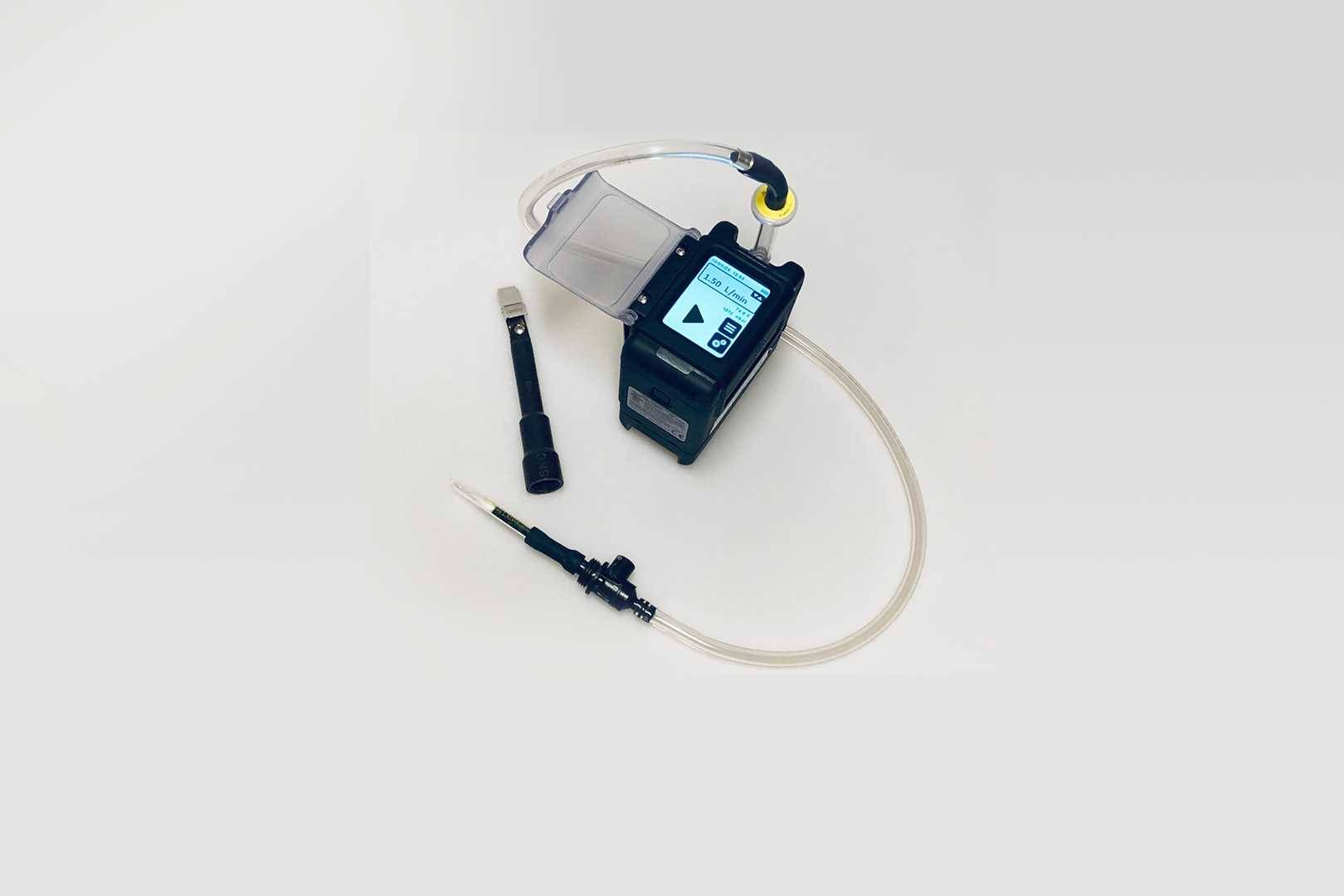On April 23, 2023, the U.S. Environmental Protection Agency (EPA) issued a statement proposing a ban on methylene chloride in several products.
“Today, the EPA announced the latest action to protect public health under the Toxic Substances Control Act (TSCA), proposing a ban on most uses of methylene chloride, a dangerous chemical known to cause serious health risks and even death. Today’s proposal would protect people from these risks while allowing for some uses to continue only where strict workplace controls could be implemented to minimize exposures to workers... EPA is proposing a workplace chemical protection program with strict exposure limits to better protect workers.”
The statement continues, “...Methylene chloride is used in a variety of ways including consumer uses such as aerosol degreasers and brush cleaners for paints and coatings, commercial applications such as adhesives and sealants, and in industrial settings for making other chemicals.”
EPA will accept public comments on the proposed rule for methylene chloride for 60 days following publication in the Federal Register.
The EPA’s Existing Chemical Exposure Limits (ECELs) are lower than the current OSHA Permissible Exposure Limits (PELs).
|
Exposure Limit
|
Current OSHA PEL
|
EPA ECEL
|
|
8-hour Time Weighted Average (TWA)
|
25 ppm
|
2 ppm
|
|
Short Term Exposure Limit (STEL)
|
125 ppm
|
16 ppm
|
 Search
Search  English
English
 Login
Login






























